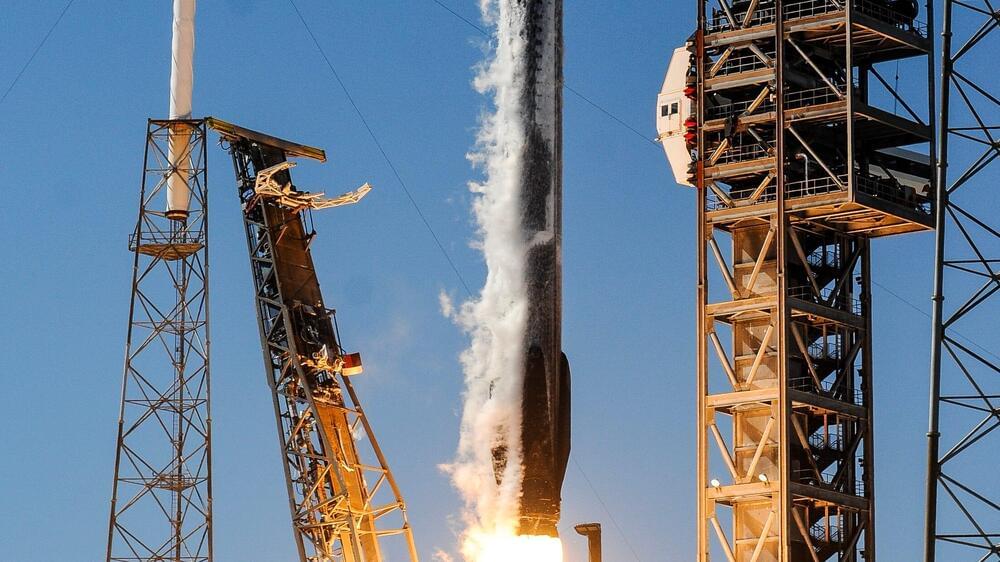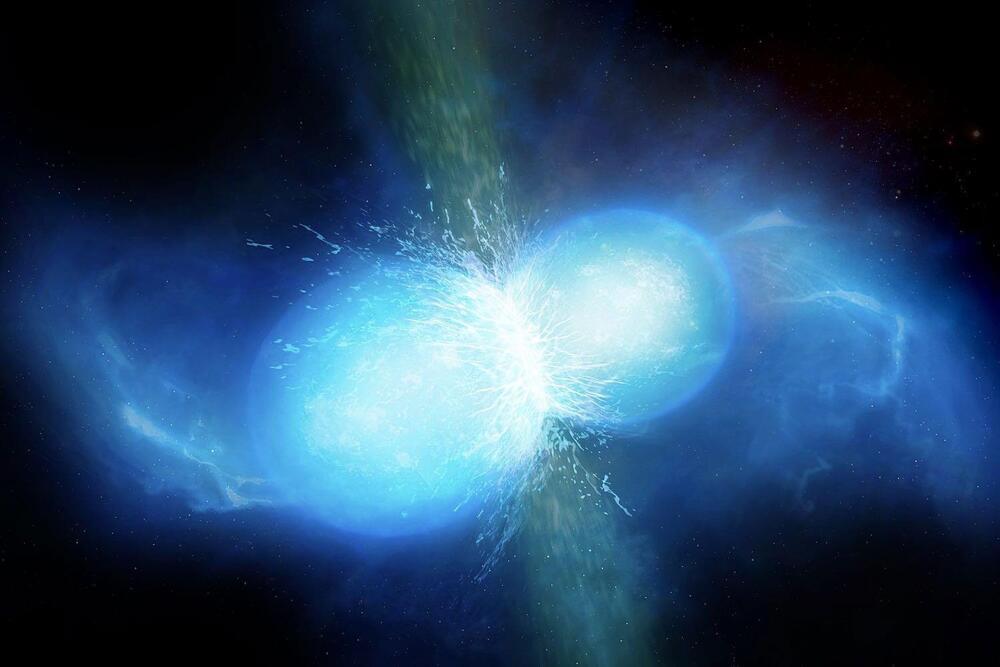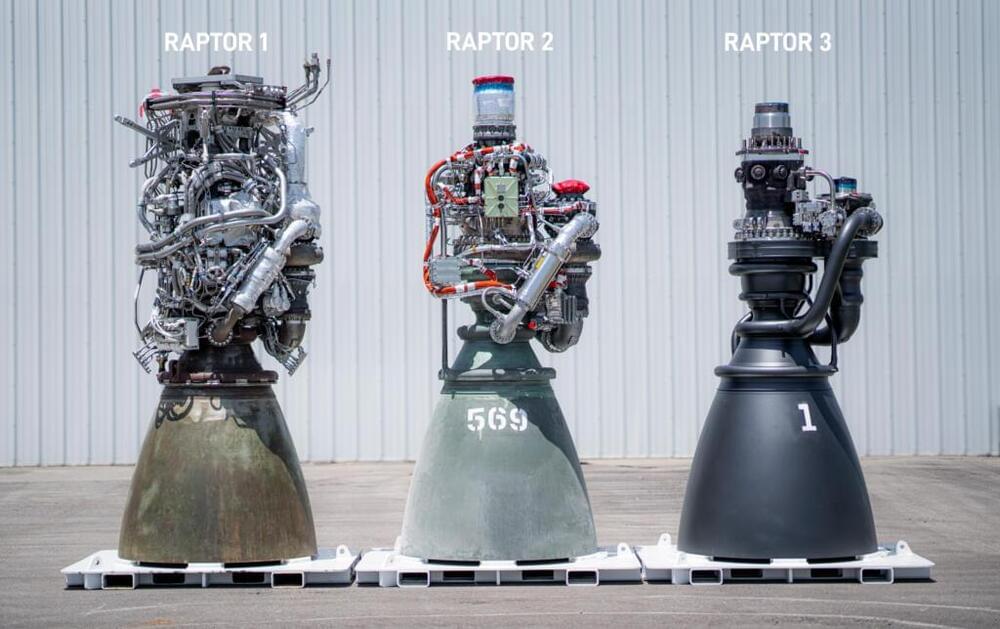Google’s Gemini 1.5 Pro revolutionizes AI with top LMSYS scores, outperforming GPT-4 and Claude-3.5, promising transformative impact across industries while raising ethical questions.



For more on information and video interviews with Julian Barbour, please visit http://bit.ly/1aoc0oZ
For more videos answering the question what is time click here http://bit.ly/1BRNBi2
To buy episodes and seasons of Closer To Truth click here http://bit.ly/1LUPlQS
Time is a mystery; it’s not what it seems. Time’s flow feels unstoppable, yet some say time is not fundamental, perhaps not even real. Why do physicists and philosophers think time is a construct, something that emerges, not something that is basic?
For more Closer to Truth interview videos, please visit http://www.closertotruth.com
There’s only one alliterative phrase i like more than ‘the sheekey science show’, and that’s ‘anti-aging antibodies’. now, as it happens, one thing i spent a lot of time working on this year is antibodies. Antibody, make me feel this way. now while i cannot tell you yet what i was/am doing, i can tell you about two recent science stories that exploit antibodies to extend mouse lifespan. Firstly, i will bring your attention to this paper — immunotherapy targeting isoDGR-protein damage extends lifespan and then we’ll look at this paper that came out last month — Inhibition of IL-11 signalling extends mammalian healthspan.
Find me on Twitter — / eleanorsheekey.
Support the channel.
through PayPal — https://paypal.me/sheekeyscience?coun…
through Patreon — / thesheekeyscienceshow.
TIMESTAMPS:
Intro — 00:00
Antibodies — 00:45
Inhibiting protein damage — 02:15
Inhibiting IL-11 — 05:20
REFERENCES
Immunotherapy targeting isoDGR‐protein damage extends lifespan in a mouse model of protein deamidation — https://doi.org/10.15252/emmm.202318526
Widjaja, A.A., Lim, WW., Viswanathan, S. et al. Inhibition of IL-11 signalling extends mammalian healthspan and lifespan. Nature 632157–165 (2024). https://doi.org/10.1038/s41586-024-07…
Please note that The Sheekey Science Show is distinct from Eleanor Sheekey’s teaching and research roles. The information provided in this show is not medical advice, nor should it be taken or applied as a replacement for medical advice. The Sheekey Science Show and guests assume no liability for the application of the information discussed.

A breakthrough that builds on the effects observed in the famous “double slit” experiment could allow physicists a greater ability to observe quantum effects within gravitational fields, according to new research published online.
A team of Italian scientists says they have successfully conducted neutron interferometry using more than one silicon crystal in a physics first that once seemed impossible, based on past attempts.
Join us on Patreon! https://www.patreon.com/MichaelLustgartenPhDDiscount Links/Affiliates: Blood testing (where I get my labs): https://www.ultalabtests.com/.…
This is a temporary transcription of Josha Bach’s talk on artificial intelligence philosophy at CCC 2023.
More informations here:

Inspired by the map makers of the 20th Century, Imperial researchers have demonstrated a new way to identify copyright holders’ work in LLMs.
The technique was presented at the International Conference on Machine Learning in Vienna this week, and is detailed in this preprint on the arXiv server.
Generative AI is taking the world by storm, already transforming the day-to-day lives of millions of people.

SpaceX is targeting Sunday, August 4 for a Falcon 9 launch of 23 Starlink satellites to low-Earth orbit from Space Launch Complex 4 East (SLC-4E) at Vandenberg Space Force Base in California. Liftoff is targeted for 12:24 a.m. PT, with backup opportunities available until 3:52 a.m. PT. If needed, additional opportunities are also available on Monday, August 5 starting at 12:24 a.m. ET.

SpaceX has unveiled the Raptor 3 engine, marking significant advancements in thrust, specific impulse, and mass efficiency compared to previous versions. The Raptor 3 boasts a thrust of 280 tf, a specific impulse of 350s, and an engine mass of 1,525 kg. The SpaceX Raptor 3 engine has potential to exceed 300 tons of thrust in future iterations, emphasizing ongoing efforts to improve efficiency.
Raptor 3 is 36% lighter than Raptor 1. It has 51% more thrust at sea level versus raptor 1. Raptor 3 is 7% lighter than Raptor 2. It has 21% more thrust at sea level versus raptor 2. Elon Musk indicates that Raptor could get another 8–10% more thrust.
Raptor 3 has 2.75 million newtons of thrust versus 2.26 million newtons for the Raptor 2. 33 Raptor 3 engines would provide 90.75 million newtons of thrust for a 33 engine super heavy booster. 35 Raptor 3 engines would provide 96.3 million newtons of thrust for a 35 engine super heavy booster.